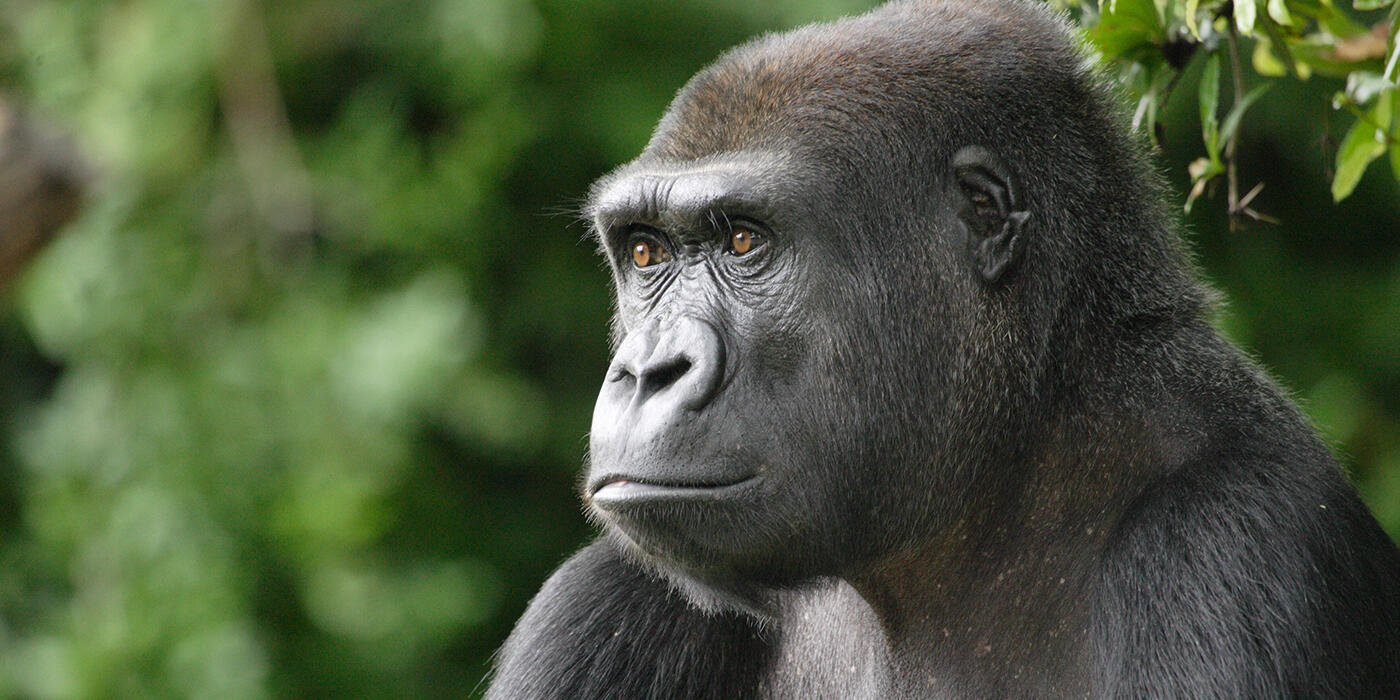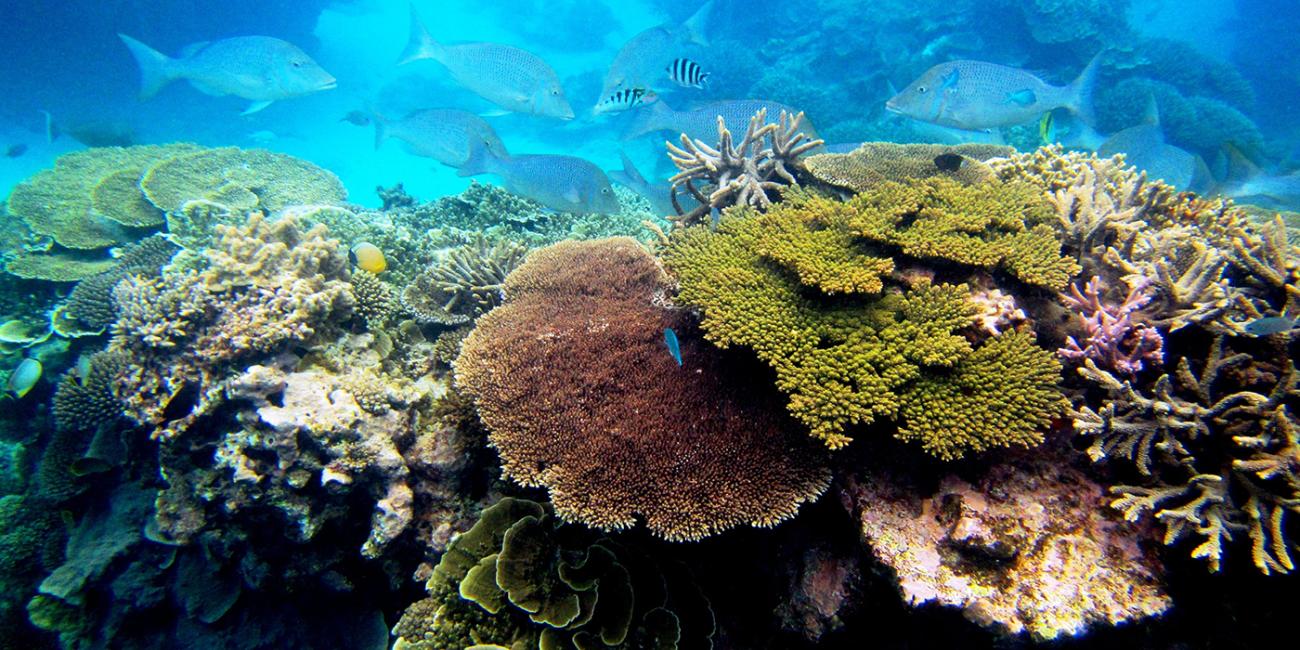Gorilla Health in the Wild
The Global Health Program collaborates with UC Davis’ Gorilla Doctors and Rwandan, Congolese, and Ugandan field veterinarians to further capacity building and research with a direct impact on the conservation and health of critically endangered eastern gorillas, including the mountain gorilla (Gorilla beringei beringei). While the mountain gorilla is the only great ape species whose numbers are increasing, only 1,063 mountain gorillas currently remain in the wild, and each individual gorilla has conservation value.
The second largest Ebola outbreak in history is ongoing less than 16 miles from endangered mountain gorilla habitat. The virus has not yet entered this subpopulation of gorillas, but Ebola is highly lethal for great apes and could potentially extirpate, or wipe out, the species. In partnership with Gorilla Doctors and the Species Conservation Toolkit Initiative, GHP scientists are modeling the potential impact of Ebola to evaluate the effects of various mitigation efforts. This project uses computer models to predict the impact Ebola virus could have on mountain gorillas, as well as ways to control the spread of the disease.
Other projects include:
- The utility of allostatic load, or the long-term effects of chronic stress on the body, to identify subclinical disease (disease without readily observable signs and symptoms) in gorillas and thereby enable prediction of morbidity and mortality. The correlation to various factors could lead to mitigation efforts in managed gorilla populations.
- A review of anesthetic protocols (procedures for the use of anesthesia) used by Gorilla Doctors to conduct clinical interventions on mountain gorillas
- A case study on malignant melanoma, the first report of this type of cancer in a great ape species
- Pathology findings in the endangered golden monkey (Cerpithecus kandti), a sympatric species that shares a common habitat range with the mountain gorilla and therefore can inform on disease circulating in the region











